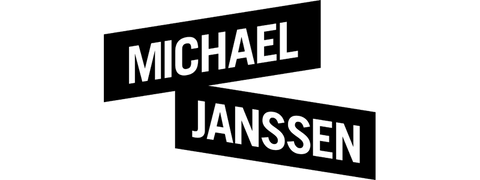ARTIST TALK
Regina Maria Möller guides us through the exhibition
in conversation with Patrick J. Reed
Saturday 3 November, 4 pm
Exhibition
Regina Maria Möller – The Moth
Extended until 17 November 2018
This fall season, Regina Maria Möller is center stage at Galerie Michael Janssen with her solo exhibition, The Moth. Taking a cue from the history of theater, Möller converts the gallery into a contemplative space for works both classic and new. True to form, this latest manifestation of her multivalent practice questions corporeality, materiality, and the vague boundary separating presence from absence.
Although free movement throughout the installation is encouraged, the exhibition’s starting point is located in the back. There, a newly constructed “prop shop” functions as a memory bank for her significant past projects, some appearing in new iterations. Included among this archive is Reproduktion (1994), a photographic series depicting advertisements featuring the same child model, who is the artist as a young girl. Against an opposite wall, a shelf displays back issues of regina, a publication self-described as “an art work and artistic research project in a printed matter format [that] adapts mainstream lifestyle and fashion magazine formats and their notions of women’s everyday life.”
Möller’s resolute feminist critique is also the basis for embodiment (1994–), a label under which she develops works that thematize „Bekleidung,“ an umbrella term commonly associated with traditional woman’s artisanship and skilled, domestic labor. According to the artist, embodiment “operates on the interface between art and design, while reflecting in particular on the identity-forming connotations and examining the socio-cultural parameters beyond current fashions and passing fads.” Examples from embodiment’s diverse functional/sculptural costume collections hang on a crossbar by the conceptual prop shop. They evoke a wardrobe, a cloak room, and customary theater traditions in jeopardy of fading away.
When visitors pass into the front gallery, they encounter the most prominent element of the exhibition—a series of curtains dividing the main interior into layered space and experience. The perspective mimics one of being on stage before opening night. The curtains, numbering five, are variously drawn. A spotlight hits the foremost: a two-toned grand drape that covers the street-facing picture window. From the outside, its brilliant saffron fabric conceals what is on show. From the inside, its rich blackness adds drama to the scene. An appliqué featuring a moth adorns both sides, emblamatizing the exhibition’s title.
In the center hang three more curtains representing historical styles of intermediate theater drapes, known in German as the Raffvorhang (Wagner Vorhang), the Hubvorhang, and the Wolkenvorhang. For Möller, these are wild things, responsive as they are to air currents and the slightest touch, and she considers them the main actors in this context. Their structure is architectural, but their purpose is to encourage a fluid perception of space and presence. They are the physical realization of the aforementioned vague boundaries.
The final curtain in the series appears more modest than the rest, but its truncated top and bottom reference the “Brecht Gardine” of Bertolt Brecht’s radical dialectical theater. “DIE MOTTE” (The Moth) is boldly written across its middle. Behind this curtain stands a plinth and cube on which four QR codes have been printed. Measuring Möller‘s exact height, the sculpture is subtly self-referential, but more directly it calls attentions to the absence of a physical body—one that might presumably appear on a stage, on a plinth, or in a gallery.
When scanned, the QR codes lead to animated GIFS that showcase porcelain vases the artist made in collaboration with the Porzellan Manufaktur Nymphenburg or as part of Uli Aigner’s large-scale ceramics project, ONE MILLION. A moth appears as a decorative motif on each, and its presence is a clue to think of its symbols. A moth’s attraction to the lamp is like an urge for the spotlight. Moth-eaten cloth signals the passage of time, the fading of a bygone era. And a moth diving into a flame is an exit in a blaze of glory. The moth, it would seem, is a memento mori.
Text by Patrick J. Reed





